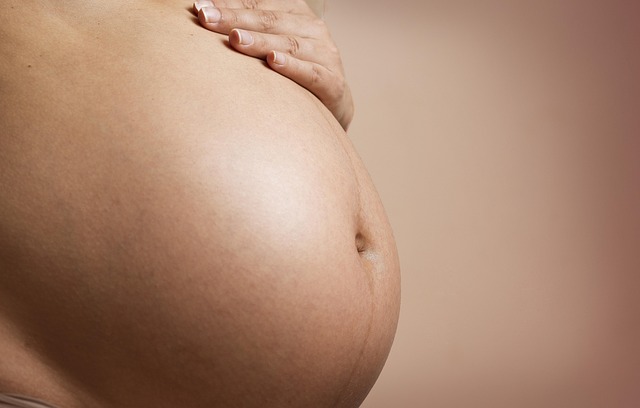In recent years, the long-standing practice of restricting food intake during labor has come under scrutiny. Traditionally, it has been believed that consuming food while in labor could pose risks, such as aspiration during general anesthesia. However, a new comprehensive review of studies indicates that healthy women with low-risk pregnancies may actually gain advantages from eating during this critical time.
Dr. Samuel Thompson and his research team from Hillcrest University analyzed ten studies involving 3,982 women experiencing labor. All participants had singleton pregnancies and were not at risk for cesarean delivery. Their findings revealed a significant contrast between those allowed to eat and those limited to ice chips. Various food options were provided to the women, including carbohydrate-rich liquids, honey syrups, and even unrestricted food choices in some studies.
The results were promising: women permitted to eat during labor did not experience higher rates of complications, such as choking or vomiting, during anesthesia. Furthermore, the labors of these women were, on average, 16 minutes shorter than those who only consumed ice chips. While this does not definitively prove that eating leads to faster deliveries, the potential benefits warrant consideration, especially given the minimal risk involved. Dr. Thompson noted, “Labor is a physically exhausting process; adequate hydration and carbohydrates can enhance muscle performance.”
These findings align with a gradual shift in medical guidelines regarding nutrition during labor. In a 2015 statement, the American Society of Anesthesiologists (ASA) highlighted advancements in anesthesia that have significantly reduced the risk of aspiration in healthy patients. They reported that between 2005 and 2013, only one case of aspiration was documented during labor and delivery, and it involved a complex situation with a patient who had obesity and pre-eclampsia.
The ASA further emphasized the importance of nutrition during labor, explaining that inadequate intake can lead to the body utilizing fat as an energy source, which may increase blood acidity and hinder uterine contractions. This can prolong labor and negatively impact newborn health. Moreover, fasting may induce emotional stress, redirecting blood flow away from the uterus and placenta, potentially causing fetal distress.
While you shouldn’t expect to indulge in a gourmet meal during labor, light foods such as juices, soups, fruits, and toast are recommended by the ASA for those women who feel hungry.
For those interested in exploring fertility options, you can check out more about home insemination kits, such as the BabyMaker at Home Insemination Kit, which can offer invaluable assistance. Additionally, for a deeper understanding of the fertility journey, visit Couples Fertility Journey for Intracervical Insemination, an excellent resource. If you’re looking for more information on donor insemination, this resource from the American Pregnancy Association provides comprehensive insights.
In summary, the evolving perspective on nutrition during labor suggests that allowing women to eat may not only be safe but also beneficial. By ensuring adequate hydration and nutrition, laboring women may enhance their physical capacity during this demanding process, potentially leading to shorter delivery times.
Keyphrase: eating during labor benefits
Tags: [“home insemination kit”, “home insemination syringe”, “self insemination”]
